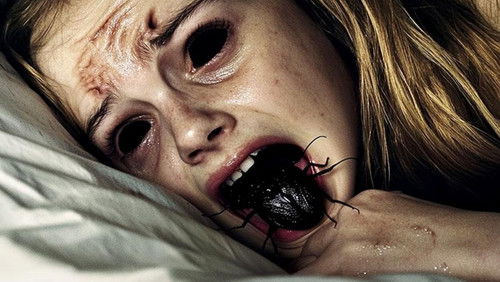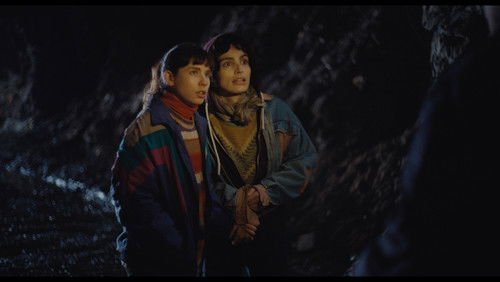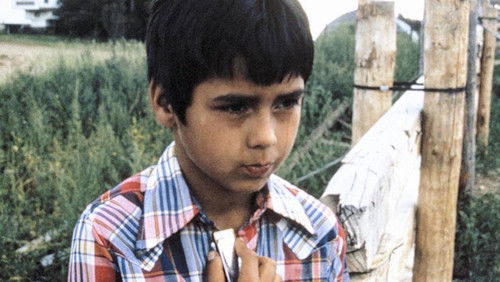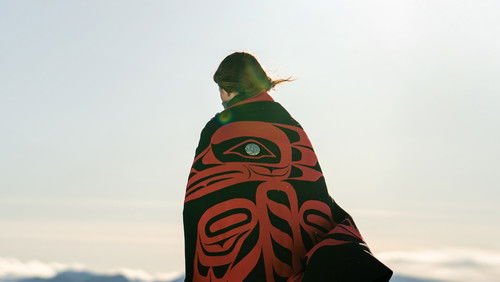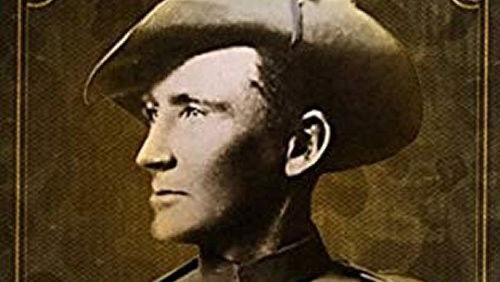The Cut (2014)
9KThe Cut (2014). 2h 18m | Not Rated
“As a retired history teacher, I think I should explain the context for u0026quot;The Cutu0026quot;. It is set in the Ottoman Empire during the First World War. The Empire is on its last legs, having lasted for many centuries, itu0026#39;s on the losing side in the war and would soon be broken up into many countries. In the meantime, the ruling Turks had many ethnic groups and religions within the empire. During this time, many Christians there were being persecuted…but none more vigorously than the Armenians. These people were despised by the empire and a horrible genocide was committed. Many of the Armenian men were pressed into the army and then literally worked to death. As for most of the women and children, they were herded into vast concentration camps where they were simply not fed or given water and died in the desert heat. Estimates are that in total between 800,000 and 1,500,000 Armenians died during this short period…and the remainder who managed to escape became exiles living abroad. Oddly, while most everyone throughout the world acknowledges that this occurred, still today Turkey denies that this occurred and many of its allies are unwilling to publicly mention it. In light of all this, the collaborative team of Faith Akin (Director and co- writer) and Mardik Martin (co-writer) is quite unusual. Faith is a German of Turkish descent and Mardik is an Armenian-American–a very unlikely pair working to expose the truth.u003cbr/u003eu003cbr/u003eThe film begins with Armenian men being pressed into work gangs by the army. Their work is back-breaking and soon you see them die one by one. When they donu0026#39;t die quick enough, the officer in charge orders his men to slit the throats of all the Armenians–no use wasting bullets on them. One of the men forced to kill has a conscience and has a hard time getting himself to kill one of the prisoners. At gunpoint, he finally stabs the man in the throat…but it isnu0026#39;t fatal and the soldiers assume the Armenian is dead. However, Nazaret is only gravely wounded and eventually the man who stabbed him returns to help him escape. Unfortunately, Nazaret is left mute–unable to talk because of the wound. Throughout the rest of the film, Nazaret slowly searches for his family and his journey takes him from Turkey to the Middle East to Cuba and eventually to the Dakotas in the United States! Is he able to find any of his family or were they simply liquidated like most of his people?u003cbr/u003eu003cbr/u003eThis is a very well made and, at times, extremely unpleasant movie. This is not a complaint. After all, you cannot make genocide a happy thing and, like Schindleru0026#39;s List, itu0026#39;s often rather depressing and harrowing. This is certainly not a film for children–they can always watch it when theyu0026#39;re older and if you do let them see it, by all means watch it with them. Once you get through the sad and awful parts in the first part of the film, youu0026#39;ll find that itu0026#39;s a bit easier to watch. My only reason for not scoring it a bit higher is because of two minor problems. First, you can tell that the film was made on a limited budget and many of the scenes should have been much larger in scope and had more actors, didnu0026#39;t. As examples, the death camp scene and the portion with the army forcing the Armenians to work themselves to death only had a tiny number of actors–only a few dozen at most. Additionally, at times the film is a bit slow– particularly during the second half. Neither of these things, however, are serious problems and the film is worth seeing and as well as finely crafted. Excellent direction and a sprawling, epic quality, along with an important subject matter, make this a truly memorable viewing experience.”
